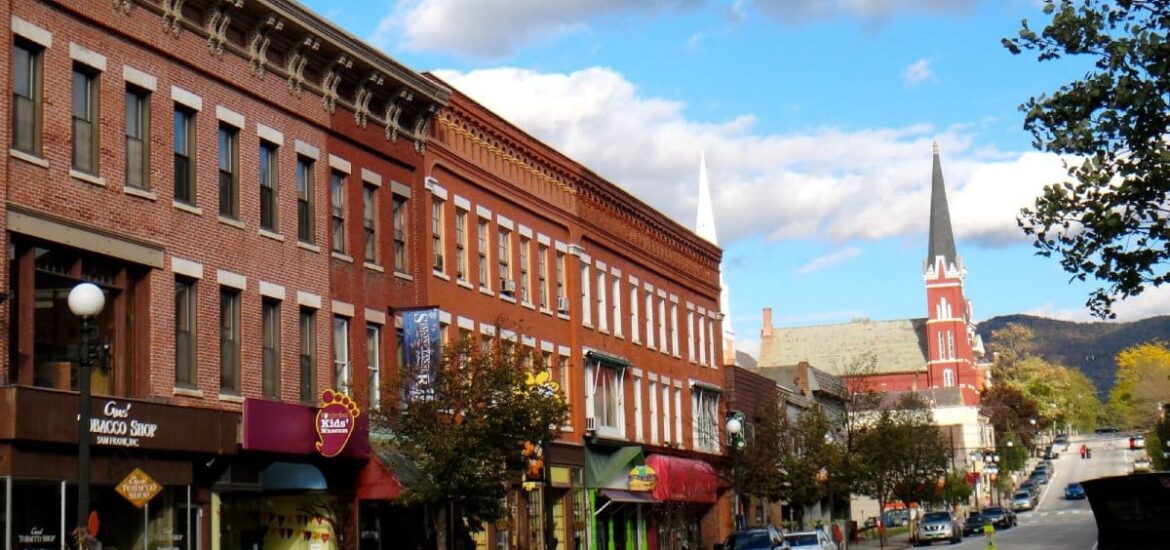When it comes to healthcare, the cost of medicine can vary wildly from one state to another. Why do some states see higher pharmacy bills, and how do others manage to keep costs down? Is your state helping you save on prescriptions, or is it draining your wallet?
#1. Alaska – Higher Costs
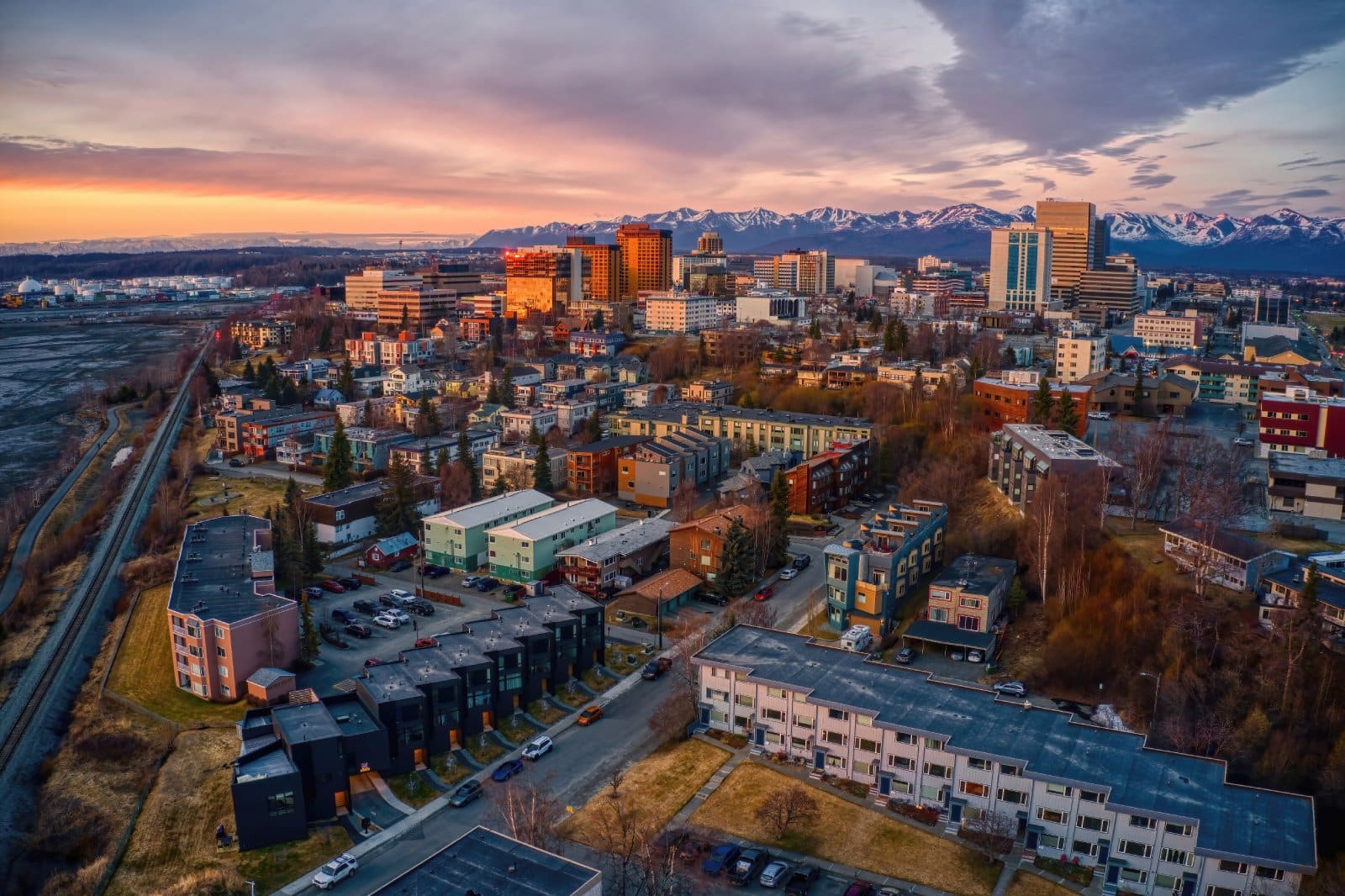
In Alaska, the geographical isolation significantly contributes to higher medication prices. Transportation and logistics hurdles mean that everything costs more to ship, including medicine. Patients in Alaska can expect to pay around 20% more than the national average for their prescriptions.
#2. Hawaii – Higher Costs

Like Alaska, Hawaii’s island status inflates the cost of living, including medication prices. The added shipping fees and limited local competition drive up the costs, with residents paying approximately 15% more than what people pay on the mainland.
#3. Vermont – Higher Costs
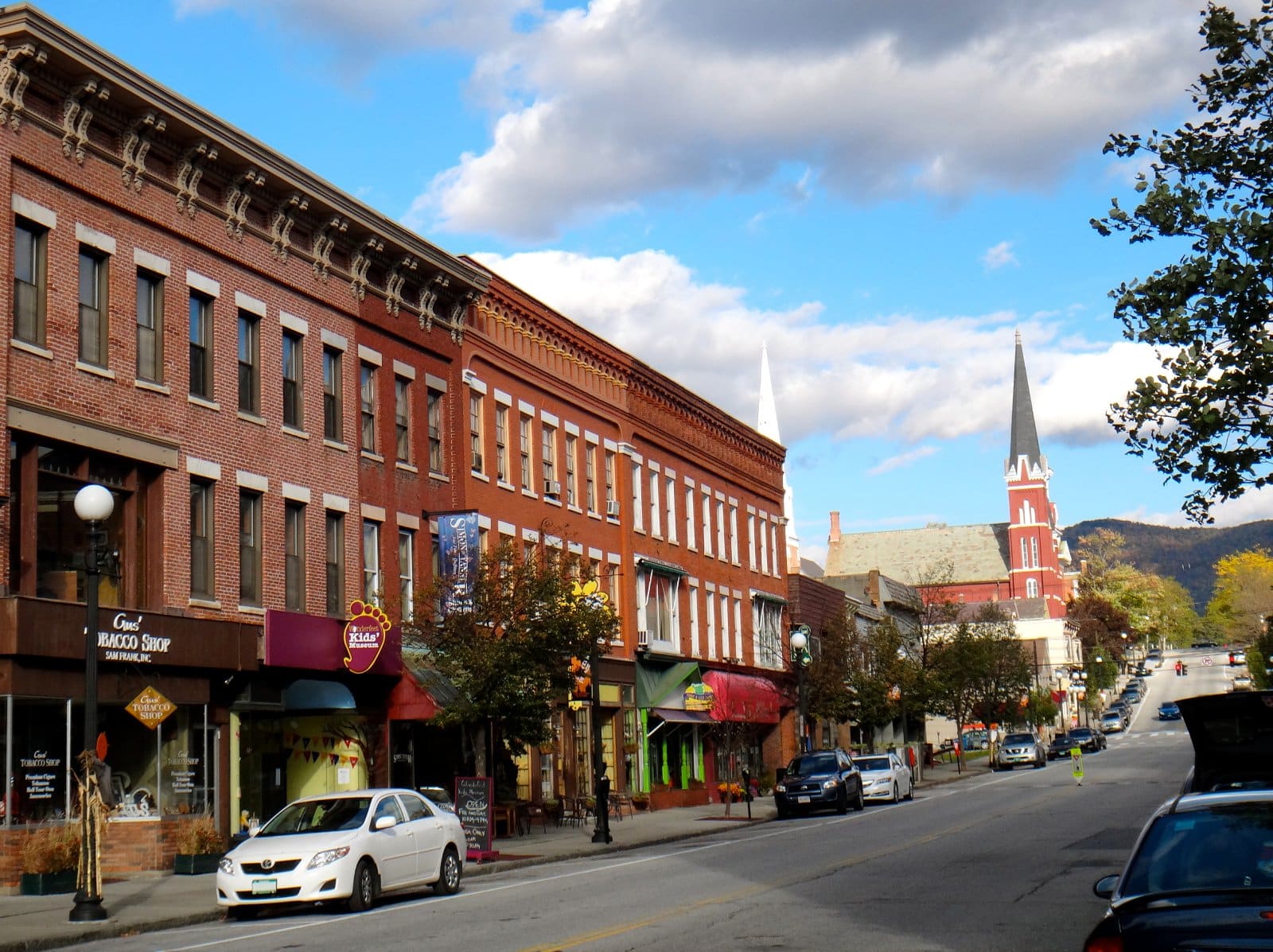
Vermont’s strict regulations and smaller population lead to higher drug prices. The lack of large pharmacies that can offer volume discounts contributes to these increased costs, sometimes by as much as 18%.
#4. Maine – Higher Costs

Maine’s rural landscape means fewer pharmacies and less competition, which can drive up prices. Mainers often face medication costs that are about 12% higher than the national average.
#5. West Virginia – Higher Costs

West Virginia struggles with high rates of chronic diseases, leading to increased demand for medication and higher prices. Prices here can be 10-15% higher than average, especially for prescription drugs treating long-term conditions.
#6. Mississippi – Higher Costs

Mississippi faces significant healthcare challenges, including high rates of uninsured citizens, which decreases overall market competition and price regulation. Residents can see prices about 15% higher than in more competitive markets.
#7. New Hampshire – Lower Costs
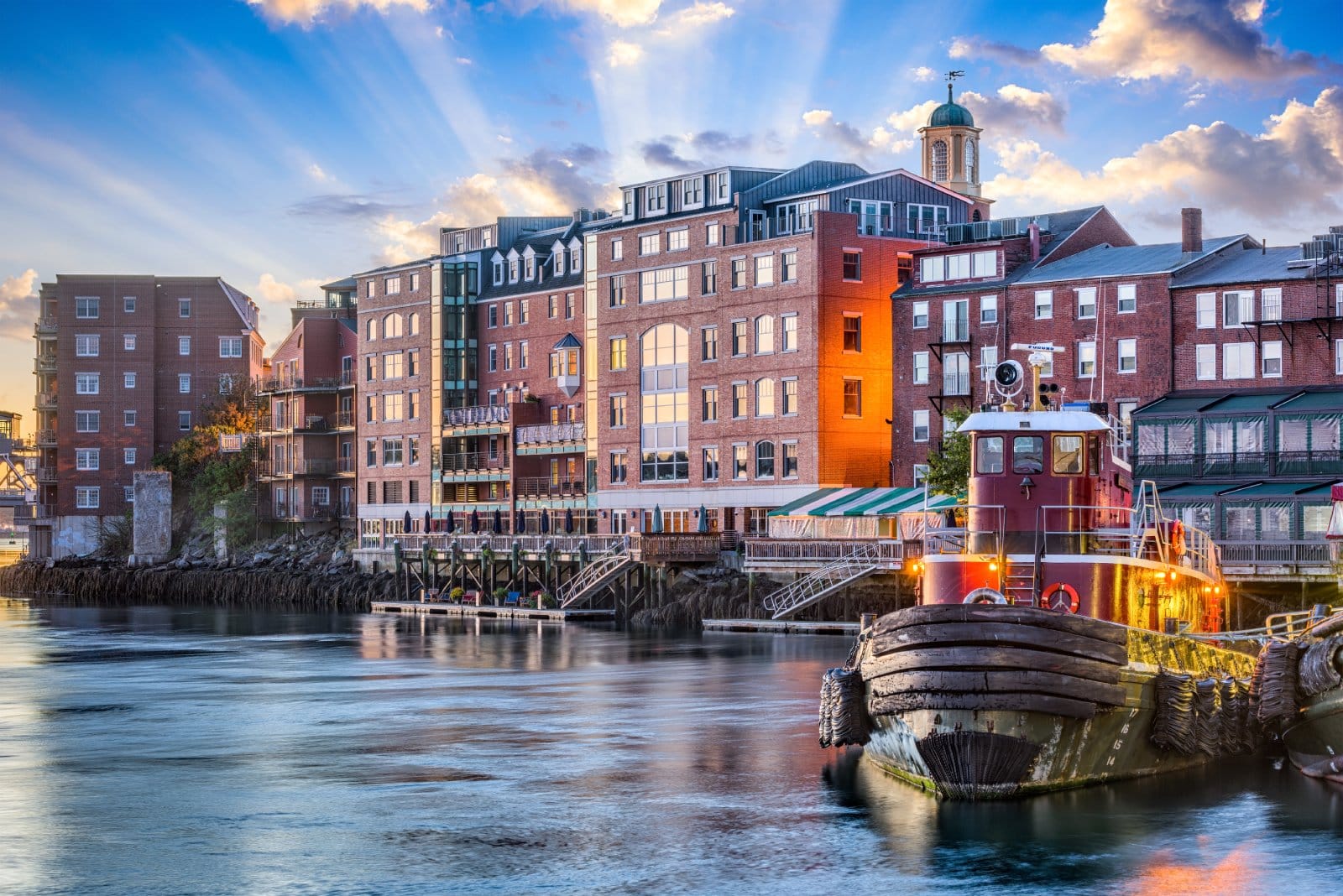
New Hampshire benefits from less stringent regulations and more competition, resulting in lower medication prices. Residents can enjoy prescription costs that are roughly 10% lower than the national average.
#8. Arizona – Lower Costs

Arizona’s robust competition among pharmacies and large urban centers like Phoenix keep medication costs down. Arizonans typically pay about 8% less for their prescriptions compared to the national average.
#9. Nebraska – Lower Costs

The presence of major pharmacy chains and competitive pricing strategies in Nebraska means lower costs for consumers. Medication prices here can be up to 12% lower than average.
#10. Maryland – Lower Costs
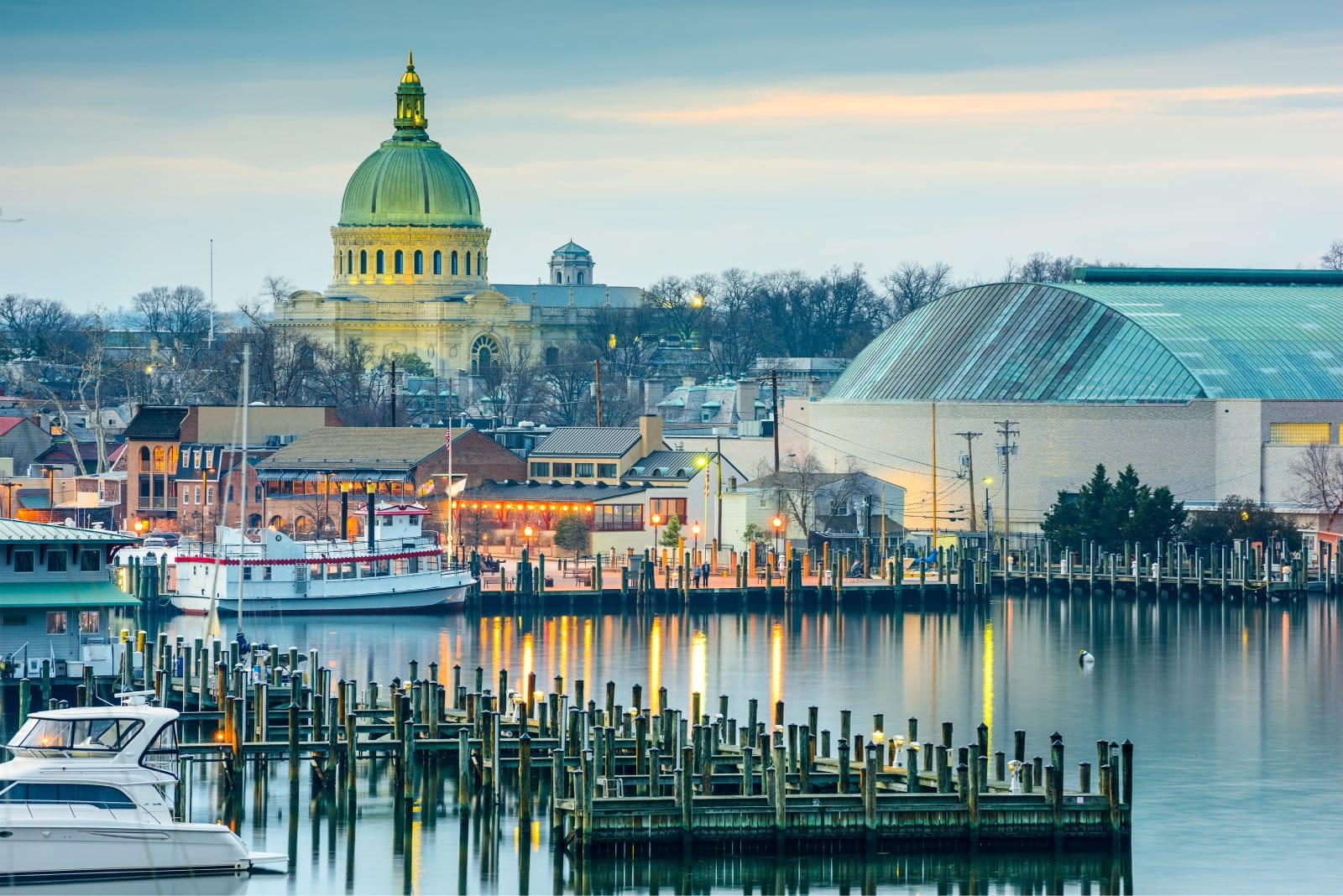
Maryland’s aggressive health policies and programs aimed at reducing drug costs contribute to lower prices for residents. This state sees medication costs about 9% below the national average.
#11. South Carolina – Lower Costs
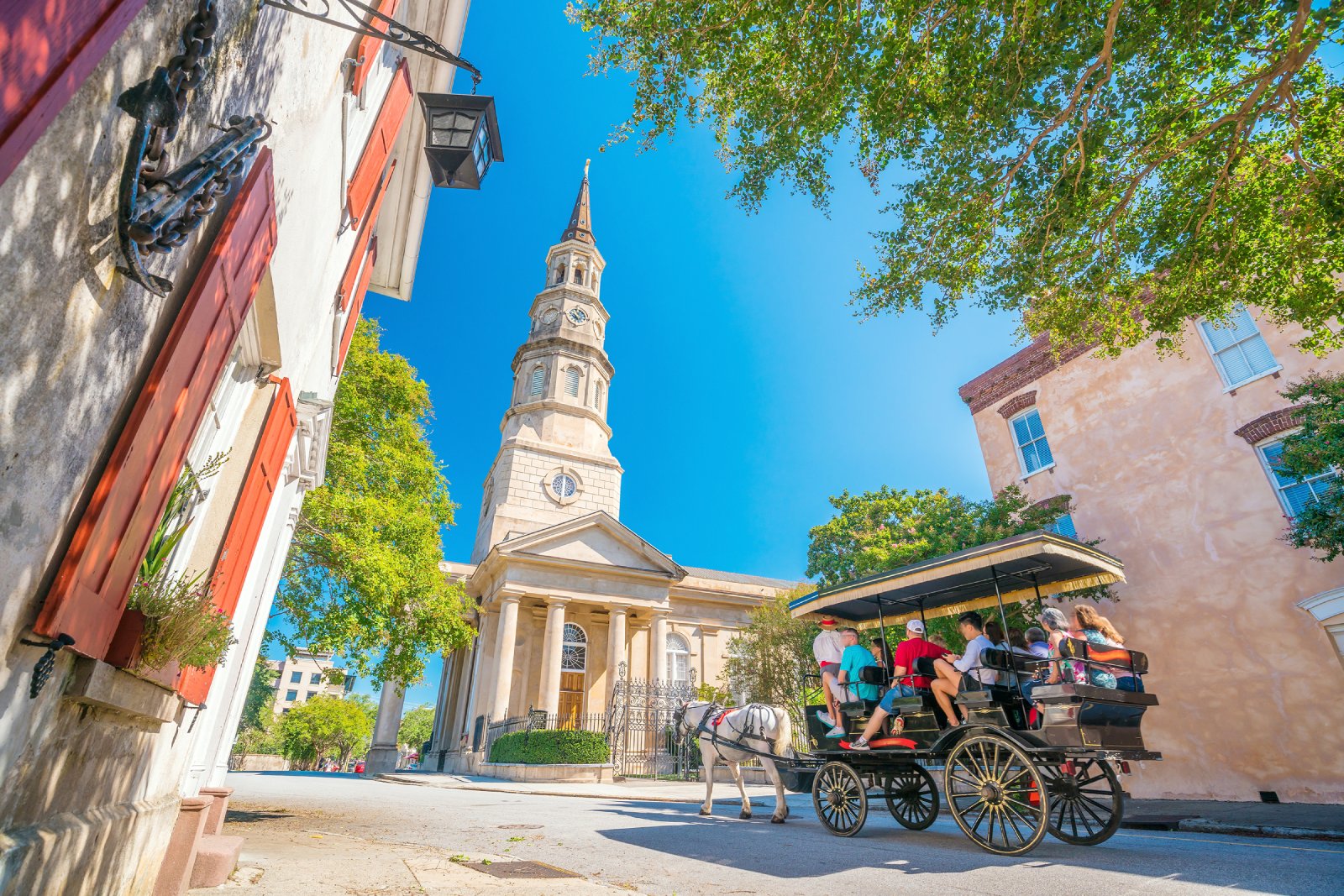
In South Carolina, a combination of robust state-sponsored programs and strong pharmacy competition helps keep drug prices low. Residents can benefit from prices that are about 11% less than the national average.
#12. Michigan – Lower Costs
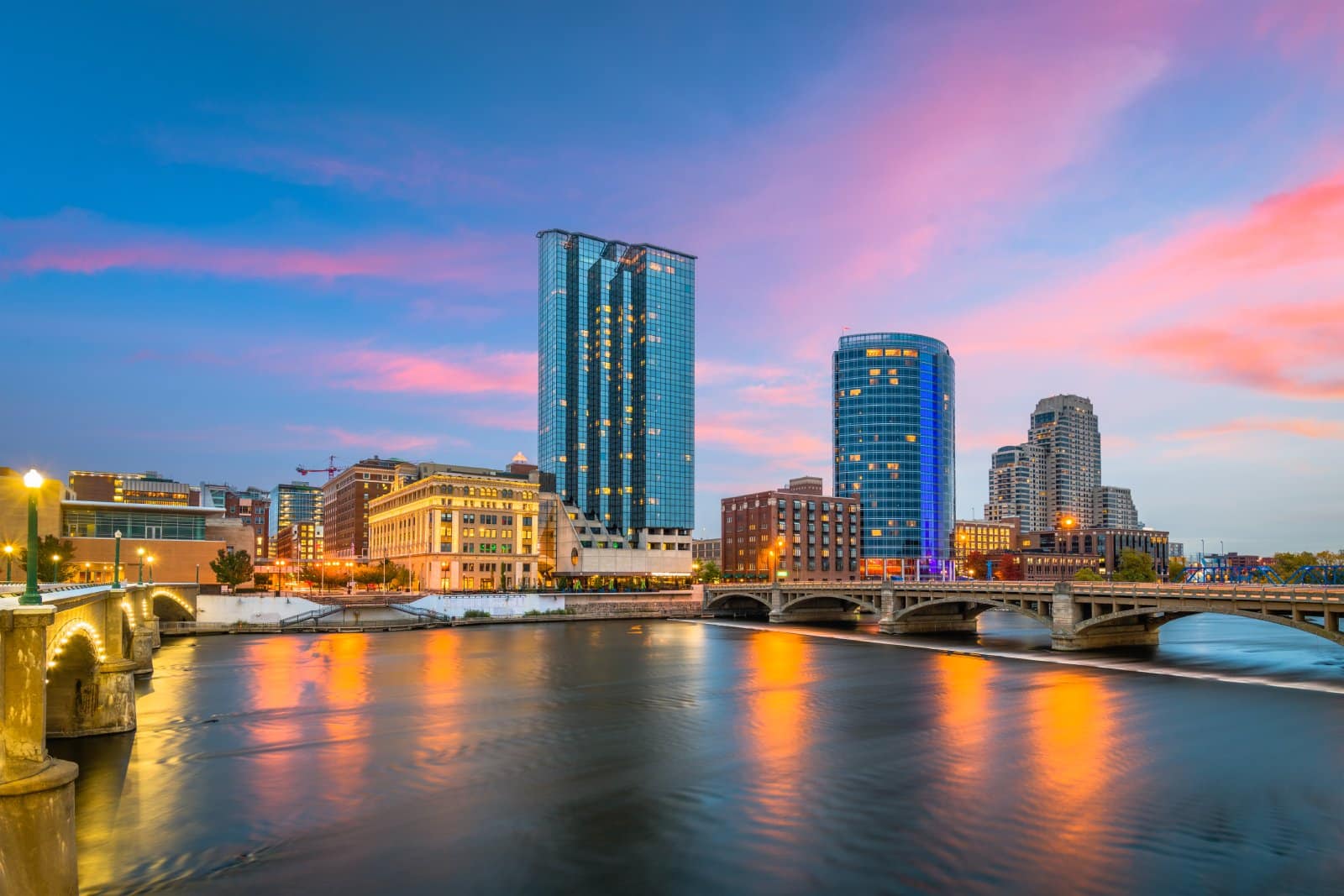
Michigan’s large population and numerous healthcare facilities drive competition and lower prices. Michiganders enjoy some of the most affordable medication costs, around 10% lower than the national average.
#13. Idaho – Higher Costs
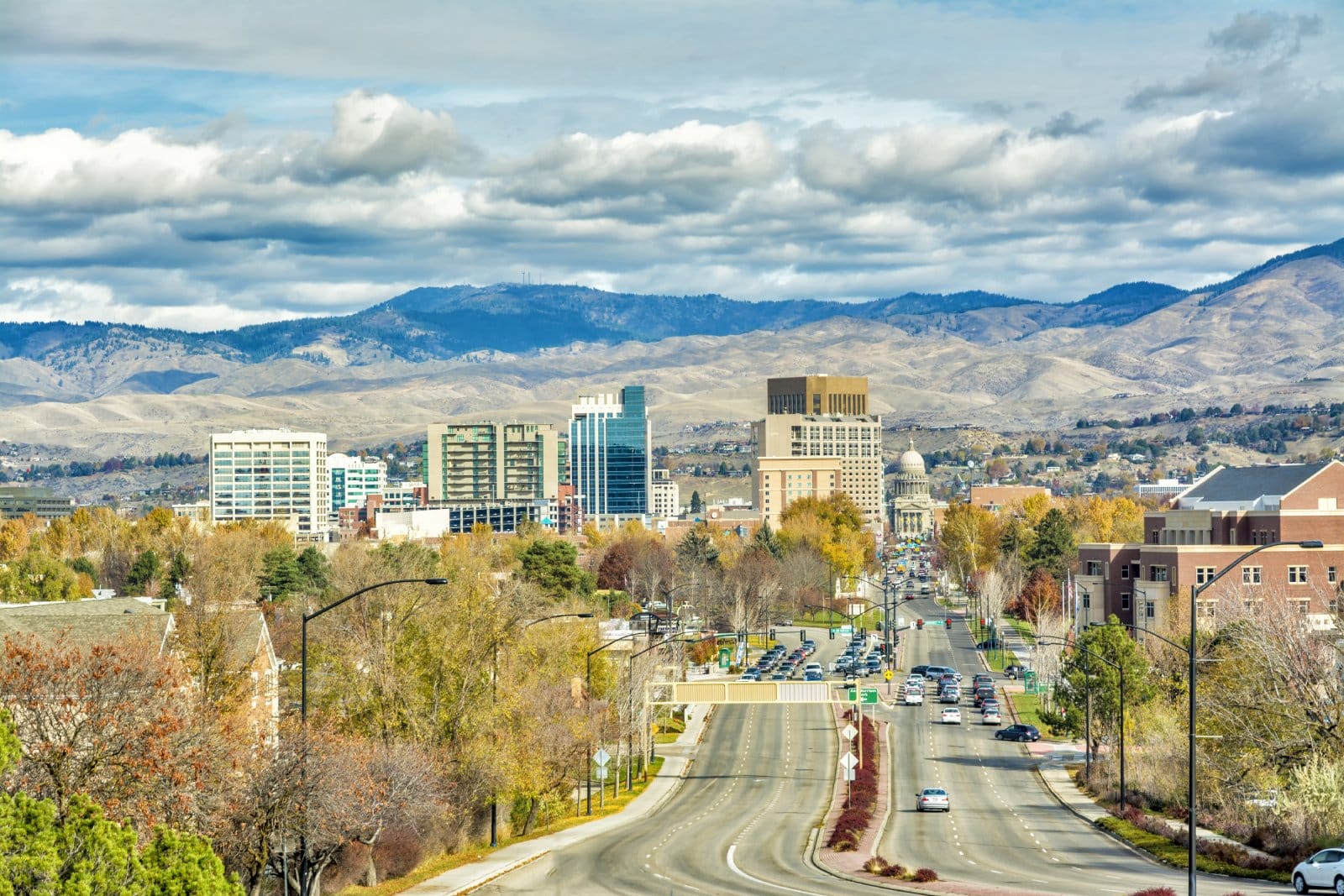
Idaho’s rural expanses mean fewer pharmacies and higher prices due to less competition. This can result in medication prices that are roughly 10% higher than the national average.
#14. Louisiana – Higher Costs
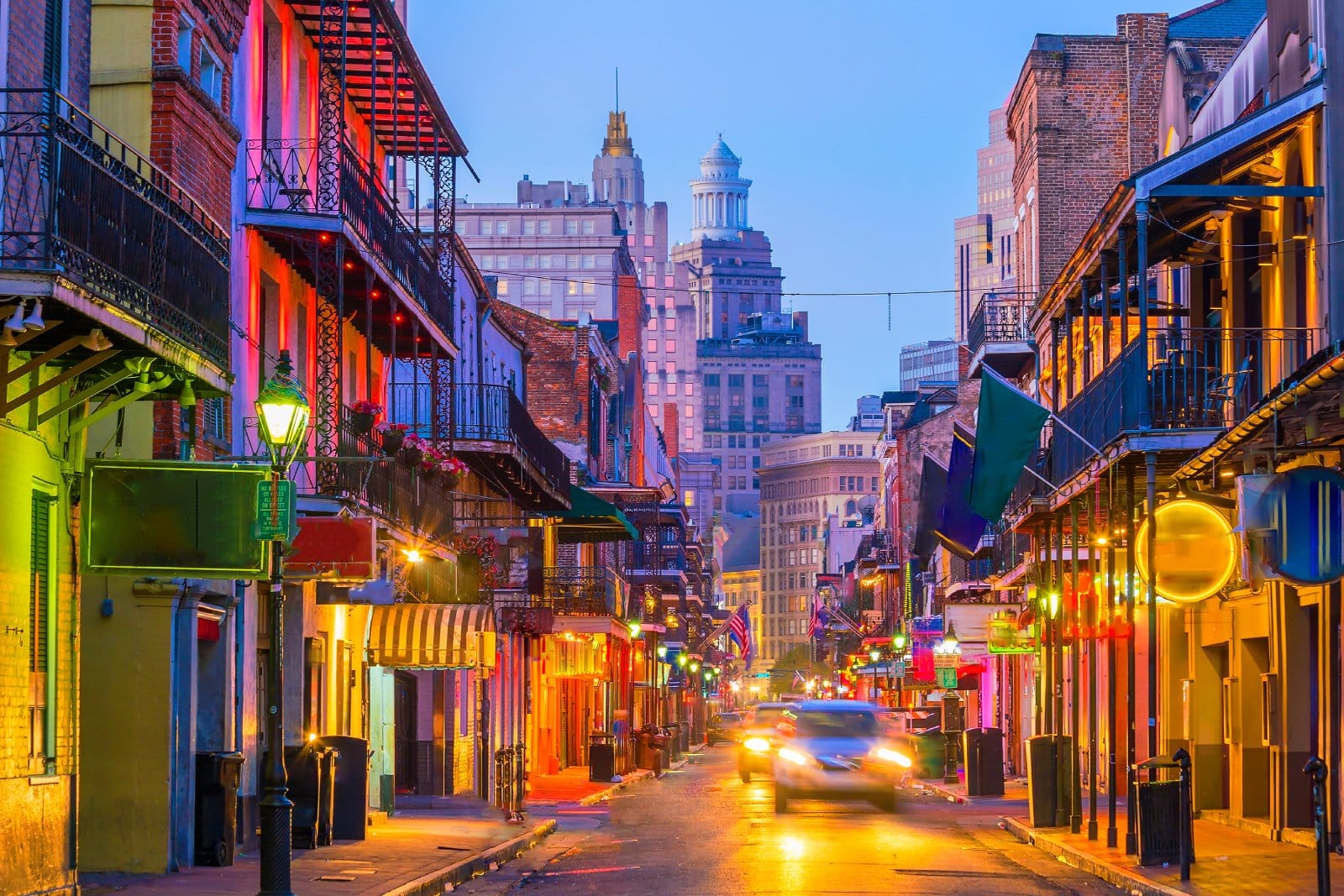
Louisiana’s higher medication costs can be attributed to its overall poor health rankings and higher demand for prescription drugs. Patients often pay up to 12% more than the national average.
#15. North Dakota – Higher Costs
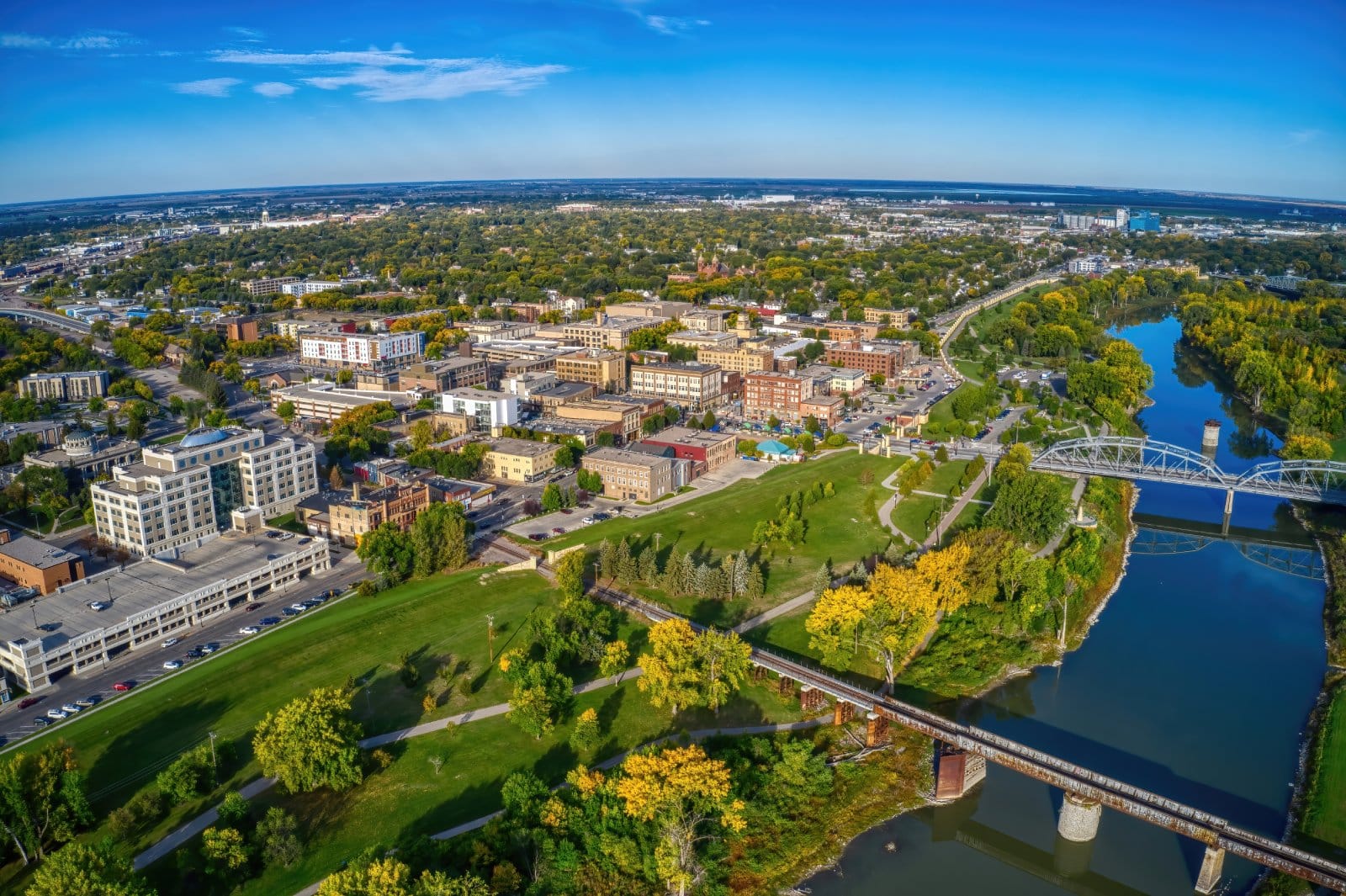
In North Dakota, the sparse population and remote locations lead to higher drug prices due to logistical challenges and fewer competitive market forces, with costs around 13% above average.
#16. Montana – Higher Costs

Montana’s residents often face higher drug prices due to the state’s vast rural areas and limited access to large pharmacies. Medication costs here are generally 11% higher than the national average.
#17. Connecticut – Lower Costs
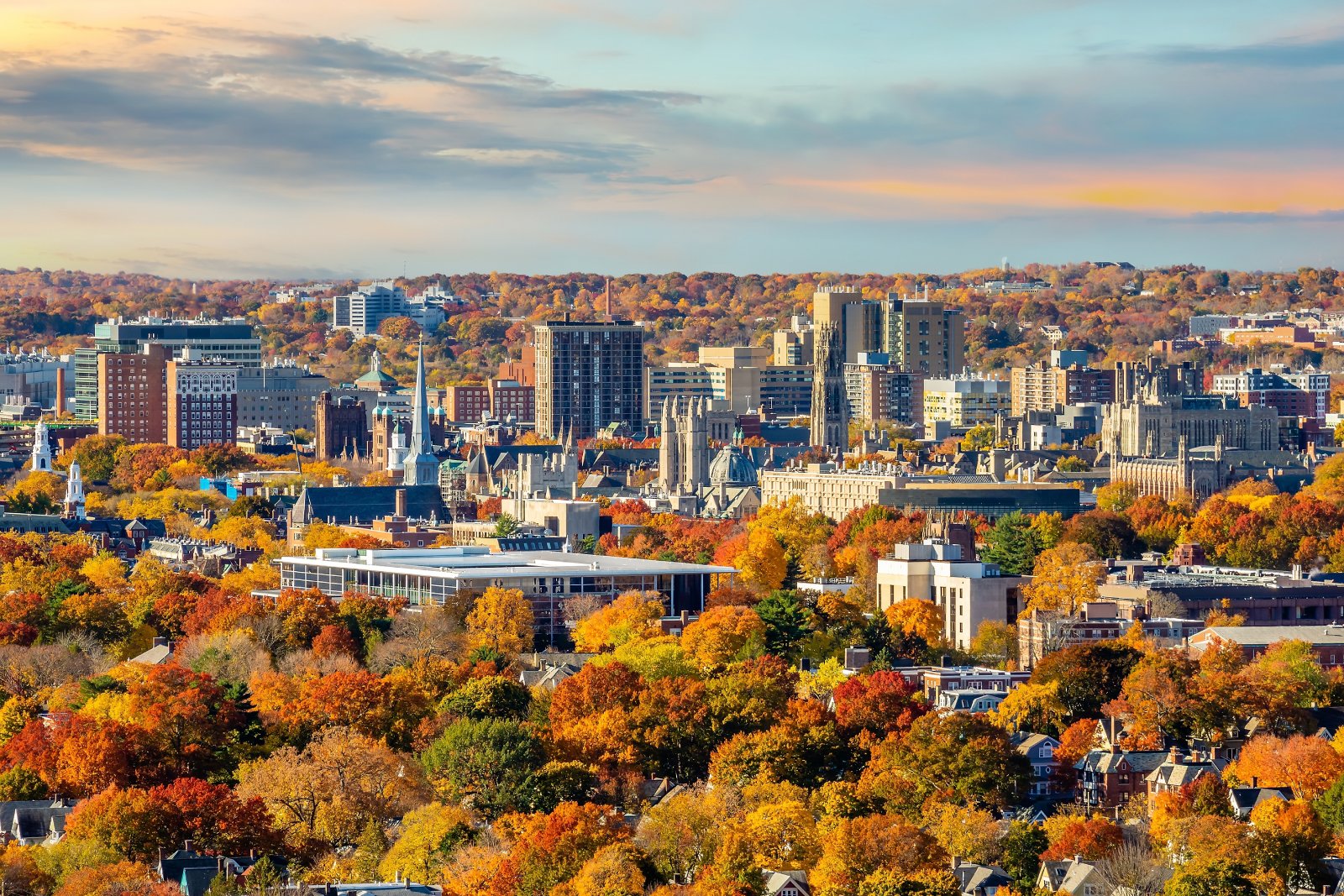
Connecticut benefits from multiple healthcare reforms and a competitive pharmacy market, which help to keep drug prices low. Residents typically pay around 9% less for their prescriptions.
#18. Texas – Lower Costs
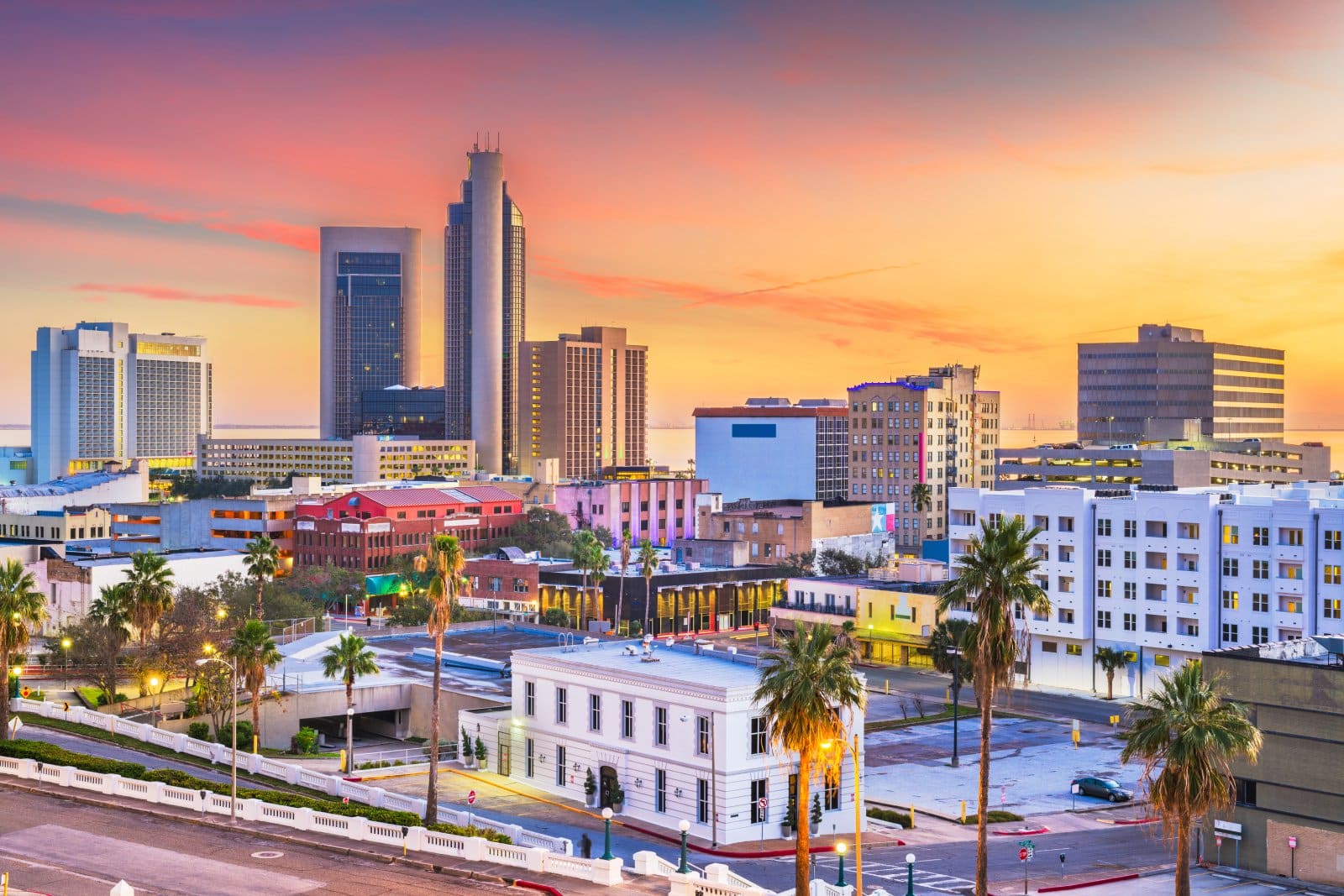
Texas boasts a large number of pharmacy chains and a competitive market, especially in urban areas like Houston and Dallas. This competition helps to reduce medication costs by about 10%.
#19. Ohio – Lower Costs

Ohio’s strong network of pharmacies and healthcare providers drives down prescription costs. Ohioans often enjoy medication prices that are around 12% below the national average.
#20. Oregon – Lower Costs

Oregon’s progressive health policies and numerous pharmacy options help keep medication prices affordable. Residents benefit from costs that are roughly 8% lower than elsewhere in the country.
Check Your Prescription Savings

As we’ve seen, where you live can significantly impact how much you pay for your medications. Are you living in a state that favors your wallet, or is it time to start a petition for better drug price control?
Biden’s New 401(k) Rule: Employers Frustrated as Retirement Planning Responsibilities Shift
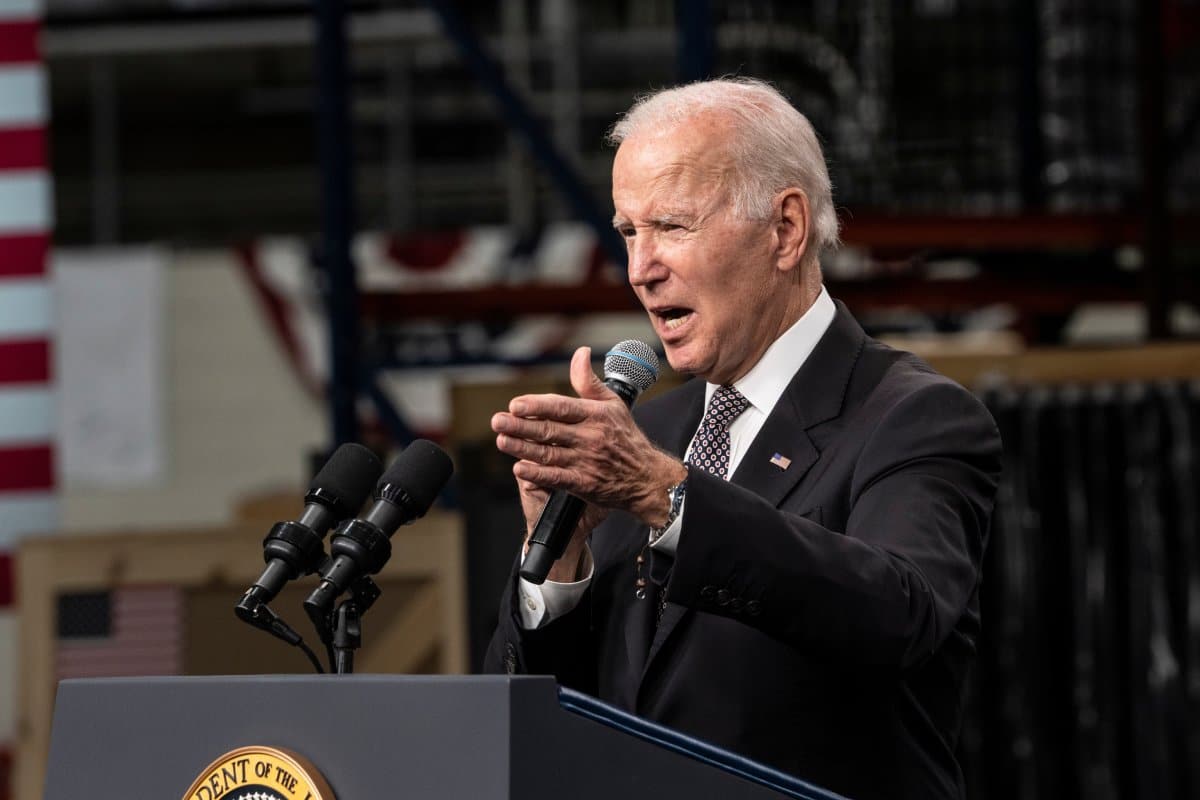
The latest Biden administration rule on 401(k) plans is reshaping how employers manage retirement plans. It’s a complex scenario requiring a fresh understanding of fiduciary duties and provider relationships. This rule aims to protect employees but also imposes new responsibilities on employers. Biden’s New 401(k) Rule: Employers Frustrated as Retirement Planning Responsibilities Shift
Elon Musk: New Immigration Bill ‘Enables Illegals to Vote’

Elon Musk is calling for prosecutions after the text for a new senate bill on immigration was released. Musk accused the new bill of “enabling illegals to vote.” Elon Musk: New Immigration Bill ‘Enables Illegals to Vote’
Colorado Officials Reject Sanctuary City Status, Warn Against ‘Dangerous Game’

With increasing numbers of migrants arriving in Colorado, public officials have rejected any notion of the state becoming a sanctuary for migrants and asylum seekers. Colorado Officials Reject Sanctuary City Status, Warn Against ‘Dangerous Game’
Disney Challenges DeSantis’ “Don’t Say Gay” Rule With a Hefty Lawsuit
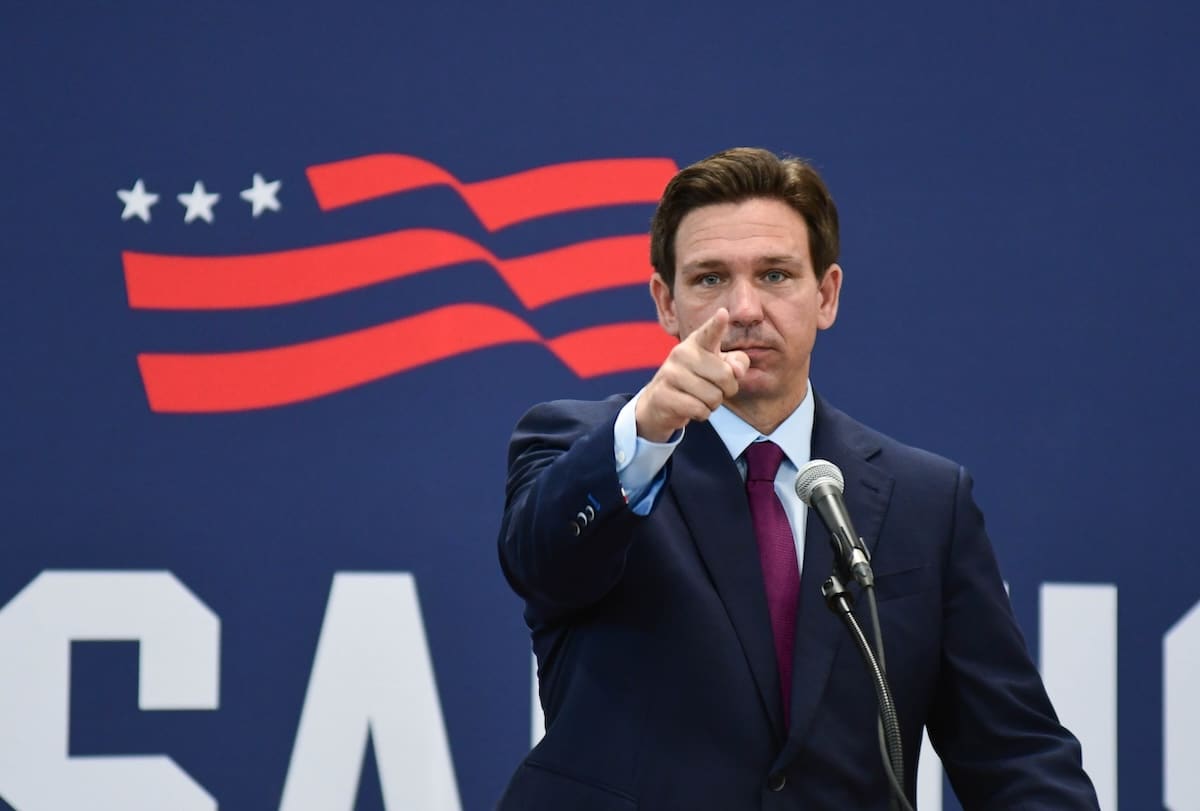
Disney is set to appeal its refusal for a lawsuit against Ron DeSantis, who stripped the company of its rights for disagreeing with the Governor’s views on the teaching of sexual orientation in classrooms. Disney Challenges DeSantis’ “Don’t Say Gay” Rule With a Hefty Lawsuit
Trump on the Attack as 21 Million Americans Flock to Obamacare, Biden Pushes Forward
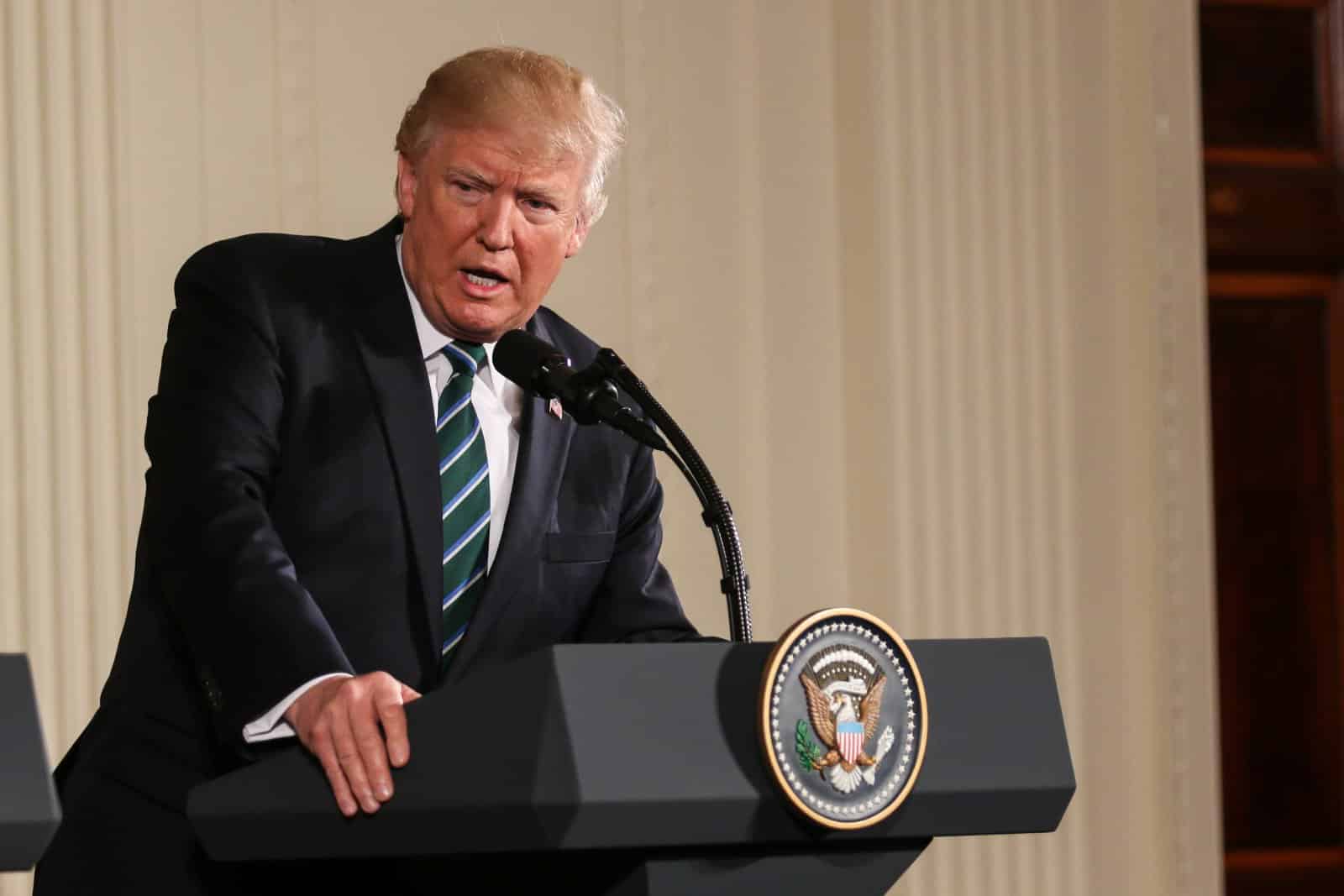
An unprecedented surge in health plan enrollments has reignited former President Donald Trump’s commitment to dismantling the program should he secure the GOP nomination once again. Trump on the Attack as 21 Million Americans Flock to Obamacare, Biden Pushes Forward
The post 10 U.S. States Where Medicine Costs More and 10 Where It Costs Less first appeared on From Frugal to Free.
Featured Image Credit: Shutterstock / quiggyt4.
The content of this article is for informational purposes only and does not constitute or replace professional financial advice.
For transparency, this content was partly developed with AI assistance and carefully curated by an experienced editor to be informative and ensure accuracy.
